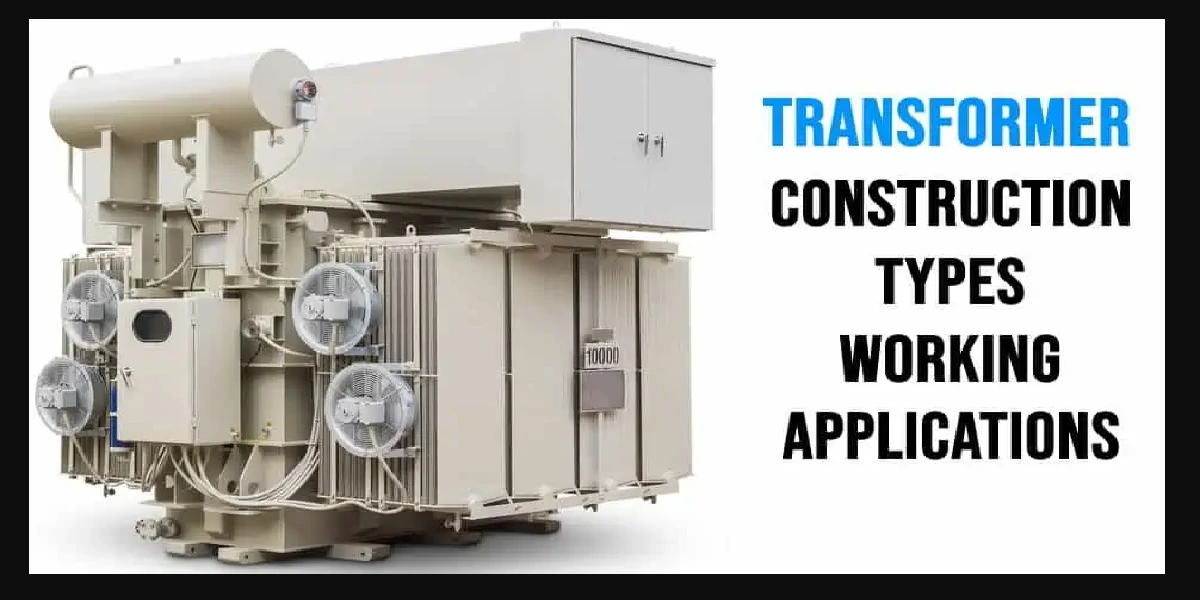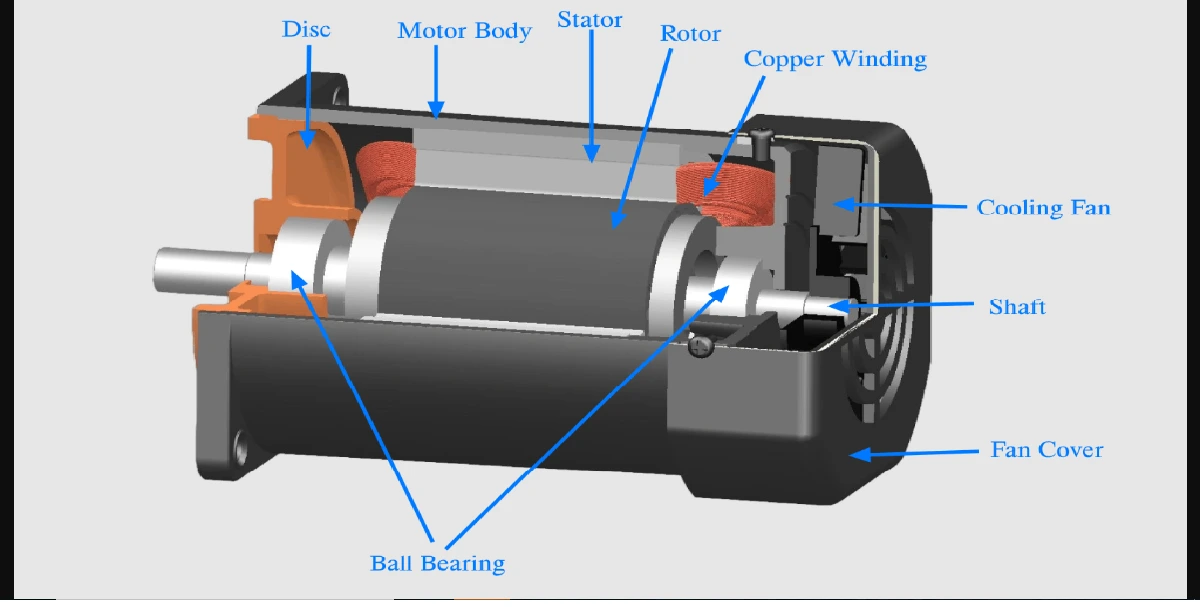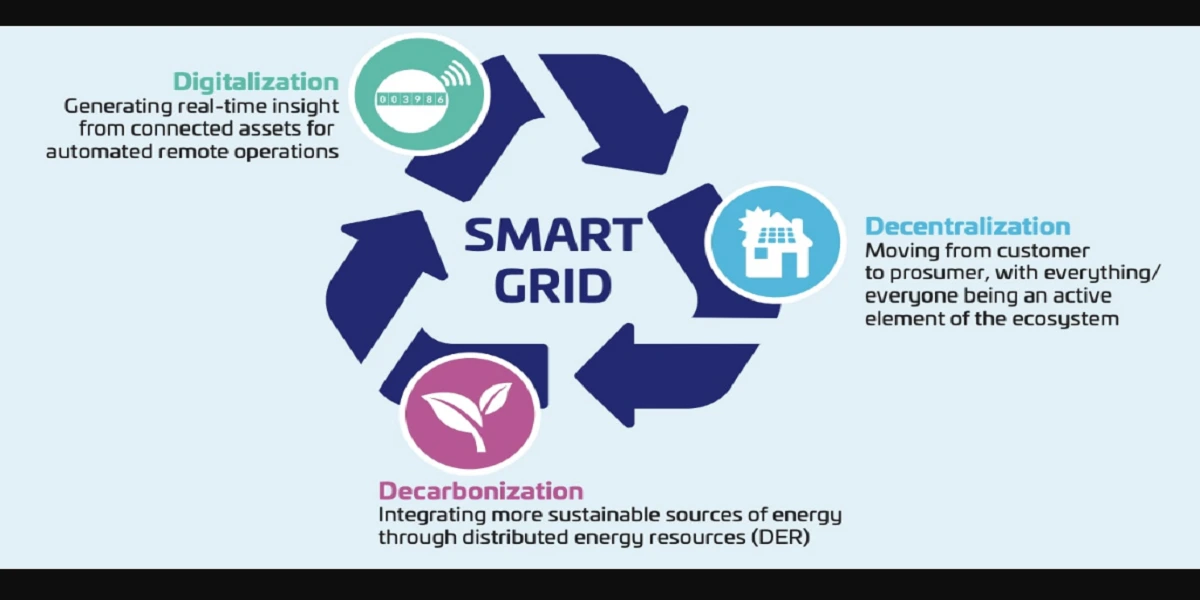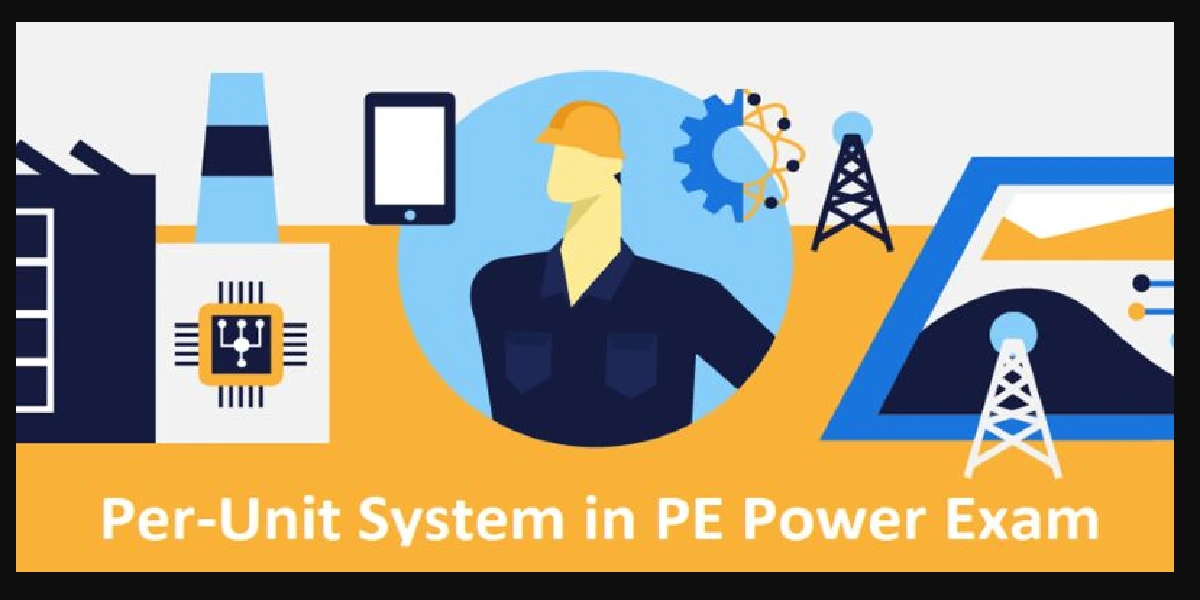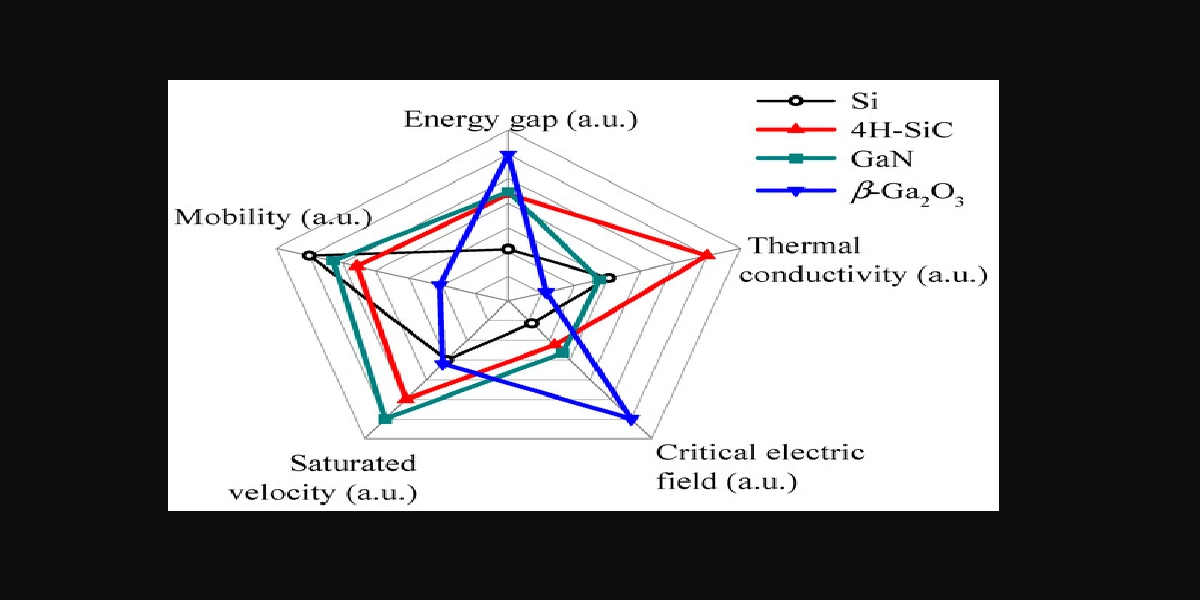Transformers are the unsung heroes of our electric age. We couldn’t power homes, charge our phones, or run factories safely without them. From the humming power pole in front of your window to the sophisticated AI models running your ChatGPT, transformers pervade every aspect of life.
Quick Overview of Transformer Usage in Daily Life

Each time you insert a charger, turn on the television, or use an electrical grid to provide light—there’s probably a transformer operating in the background. They’re designed to handle voltage safely and effectively, an important element of contemporary infrastructure.
What is a Transformer?
Simple Definition
A transformer is an electric device that transfers power between circuits through electromagnetic induction. It alters voltage levels to allow energy to be transmitted effectively.
Historical Background
The principle of electromagnetic induction was discovered by Michael Faraday in the 1830s. This provided the basis for transformer technology.
Who Invented Transformers?
The 1880s saw the development of the practical transformer by inventors such as Lucien Gaulard, John Dixon Gibbs, then further developed by Nikola Tesla and William Stanley.
Core Working Principle
Electromagnetic Induction Explained
When AC passes over a coil, it creates a magnetic field. Positioning a second coil within that magnetic field causes a voltage to be induced in the second coil—electromagnetic induction.
Role of Magnetic Fields
The alternating magnetic field is the transformer’s core—it transmits energy from one coil to the other, without direct connection.
Understanding Turns Ratio
The change in voltage is based on the number of wire turns:
Turns Ratio = Voltage Ratio
More turns = more voltage, less turns = less voltage. That’s how we step-up or step-down voltage.
Parts of a Transformer
Primary Coil
This is the input coil where AC voltage is initially introduced.
Secondary Coil
The output side which supplies transformed voltage to the load.
The Magnetic Core
A core of iron (most often laminated) assists in guiding the magnetic field effectively between the two coils.
Laminations and Their Purpose
Laminated cores minimize energy loss due to eddy currents. They can be thought of as layers that prevent the swirl of wasted current within the metal.
Types of Transformers
Step-Up vs Step-Down Transformers
Step-Up: Steps up voltage (used in power stations)
Step-Down: Steps down voltage (used in homes and factories)
Power Transformers vs Distribution Transformers
Power: High-voltage application in power generation and transmission
Distribution: Used close to homes to provide usable voltage
Isolation Transformers
Utilized to separate two circuits for safety without altering voltage.
Autotransformers
One winding serves as both primary and secondary. They’re small and suitable for small voltage changes.
Transformer Efficiency and Losses
Copper Loss
Arises due to the resistance in the coils—such as heat from overloaded wire.
Iron Loss (Core Loss)
Results when the core gets hot because of alternating magnetic fields.
Minimizing Losses
Employing better materials, minimizing current where possible, and cooling systems helps increase transformer efficiency (usually >98%).
Real-World Applications
Transformers in Power Transmission
Without step-up transformers, we’d lose tons of energy over long distances. Step-downs then safely deliver it to your home.
Use in Electronics and Appliances
Your phone charger? It’s a mini transformer. It steps down dangerous wall voltage to a phone-safe level.
Role in Renewable Energy Systems
Solar panels and wind turbines often use transformers to convert variable voltage for grid use.
Transformers in Audio and Signal Systems
In audio configurations, transformers equalize signals and reduce interference—more distinct sound, less interference.
Safety and Maintenance
Typical Transformer Failures
Overheating
Breakdown of insulation
Moisture damage
Short circuits
Cooling Techniques and Protection
Transformers are cooled using oil, air, or gas. They also have circuit breakers and relays to avert catastrophe.
Periodic Checks and Testing
Oil level checks
Insulation resistance testing
Thermal scanning for hotspots
Future of Transformers
Smart Transformers
With sensors and software, smart transformers respond to changes in load and avert failures.
Eco-Friendly Design Innovations
New models utilize recyclable materials and biodegradable fluids—greener and cleaner.
Conclusion: Transformers do not have a spot in the limelight, but they are the quiet protectors of our power infrastructure. Stepping up energy to travel across a nation or stepping it down to charge your devices safely, they are the backbone to our modern world. From Faraday’s workshop to artificial intelligence data centers, the history of transformers is a testament to one thing—they’re not going anywhere, only becoming smarter, safer, and greener.
Read also: Bidirectional Converters For EVs and Energy Storage
